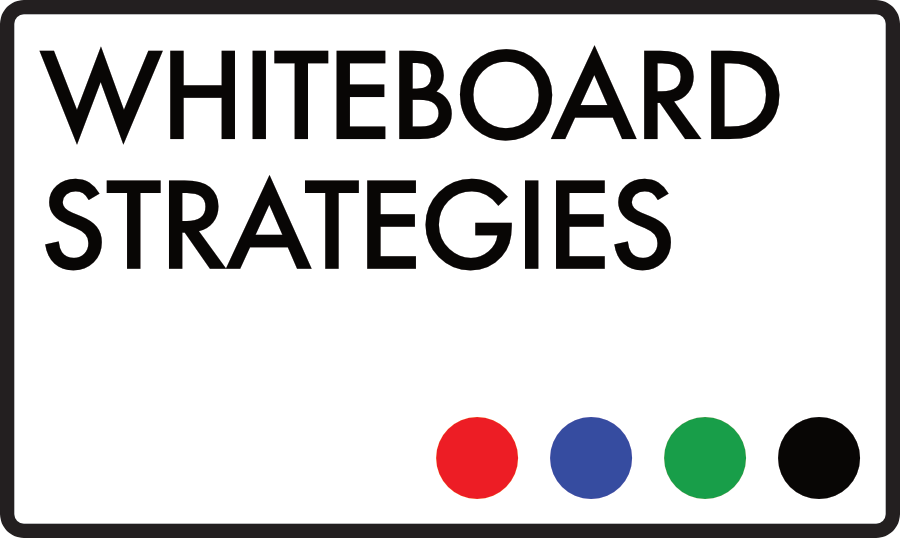Every time you click ‘Like’ on a boring LinkedIn article, a fairy dies. Every time you tweet your thanks to some Twitter headshot for their bland, limp sales insight, Zig Ziglar spins in his grave. Probably.
Recently I was talking to a friend who is the editor of a global football website. He told me that he thinks the site (despite its 20 million unique monthly visitors) has lost its way. People are still reading, he said, but it’s because the site is well established and his team are good at content marketing, social seeding and building buzz, rather than because of the content. If anything, he thinks that the internet’s constant demand for content is pushing the site to commission weaker and weaker stories. It’s heading towards tabloid sports journalism, stories conjured up to fill column inches. He summed it up by saying “We’re publishing shit and people read it. 80% of the stories we’ve written in the last quarter should have been single 140 character tweets, if that. Honestly, the internet is fucking eating itself.”
Now, sales has always been about how we’re selling as much as what we’re selling. Style has always given us interesting ways of communicating substance. But something mental is happening out there. People’s eagerness for an authoritative voice, their hunger for consumable content, and LinkedIn’s realisation of how they can leverage that to build their own authority has got the sales industry flocking around false idols. Style is a great way of selling substance, but it can’t replace substance.
The result is social networks, blogging platforms and websites populated with the most benign, dishwater-beige articles imaginable. I touched on this before when I talked about LinkedIn publishing, but the problem is broader than that. It’s about having a reading public who need to follow—about a reading public that buys into 2D ideas of thought leadership and authority. What people are saying barely matters anymore, it’s about who is saying it and how it is being marketed.
A few people understand that the real value of social networking and social selling is in building their personal brand. It’s about understanding algorithms more than about sales. It’s about speaking at the right conferences, collecting social followers by the bucket-load, finding new routes to boost personal profile and exposure. It’s about getting to the point where people listen because you’re known, not because you’ve got something worth saying.
A lot of the big hitters have got limited experience on the sales floor—that’s why they’re pushing a wishy-washy, motivation-light agenda (“if you believe it you can achieve it!”) and encouraging readers to reach out to unqualified leads using platforms they part-own. But it’s not just the phonies—some of the highest-achieving sales people of all time are peddling the same inane shit and making a living off giving boring keynotes to boring people at boring events.
And all of this would be OK. Sales imploding would be OK. Even the internet eating itself would be OK… if only it was a bit more interesting.
It’s like the industry has redesigned itself to keep people head-down in their work. CRM systems play their part in that. Social networks and identikit articles play their part in that. It’s an online landscape that rewards placation and thinking well inside the box, encouraging, seeking out and glorifying the bland. It’s a landscape that is helping ‘personalities’ make careers out of being the best at being boring, and the internet gets a little greyer every day because of it.
I’m all for everyone making a living. I’m all for everyone finding new ways of making money. But JESUS CHRIST, can we just make things a little bit more interesting? Please?!
Follow Whiteboard Strategies or connect with Mark on LinkedIn, or sign up to The Edwards Update now for monthly insight, delivered straight to your inbox.
– Tom @WSL

Recent Comments